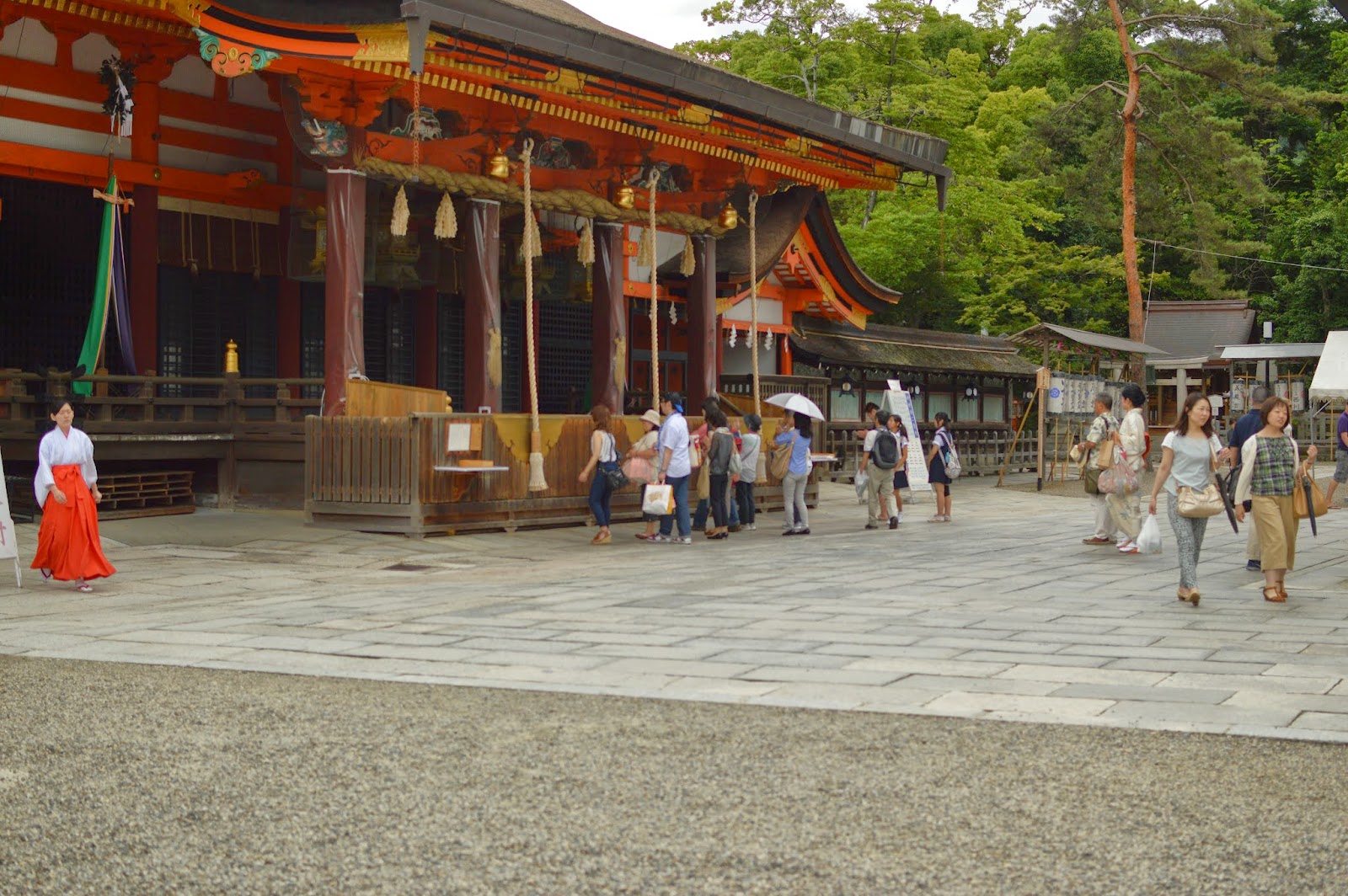A few weekends ago I went with my host family to Kyoto and Nara: two cities that were both capitals of Japan (at different times). You could call Nara the birthplace of Japanese civilization as Buddhism took a firm hold during this era. The Japanese nobles at the time sponsored the building of magnificent temples along with beautiful works of arts to go along with it. The city has since retired its status of capital and is now a quiet city surrounded by tranquil forests and beautiful landscape.
The most famous temple in Nara is the Todaiji (literally east big temple in Japanese). This temple is famous for its bronze daibutsu (big Buddha) which is found inside the temple. These Buddha statues are found all over Japan, but this one is the largest found inside of any other Japanese temple.Todaiji was even the world's biggest wooden structure until 1998.
On top the amazing history and serenity of the place, Nara is filled with deer that you'll either love or hate. They're nice to you... as long as you're not holding any food. Be prepared to be attacked by a herd of angry Bambis if otherwise.
(All these pictures were taken by me.)
 |
| They're everywhere. |
 |
| Bad idea. |
These kinds of shrines and temples are common throughout the whole country.









No comments:
Post a Comment